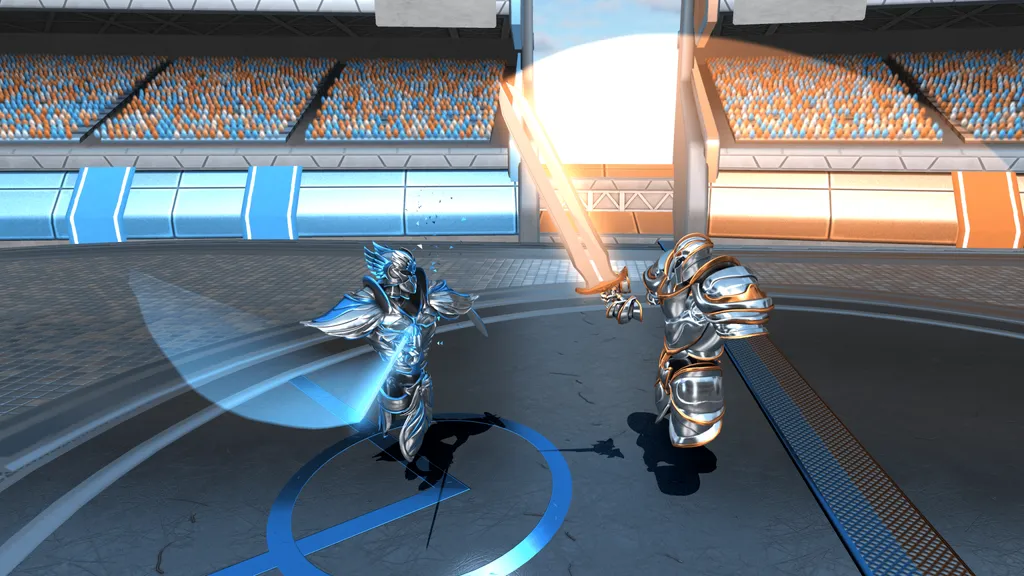Ironlights is a new 1v1 multiplayer dueling game for Oculus Quest and PC VR headsets that offers a new approach to melee combat in VR, but does it land the swing or miss entirely? Read our review to find out!
The first time you stand in an Ironlights arena and grab your glowing weapon as it flies towards you, it’s an epic feeling. You’re a gladiator, performing in front of thousands of spectators, and nothing can phase you. Even many games later, the feeling never properly wears off. I still find myself gesturing to amp up a non-existent crowd or making aggressive motions towards my opponent before the round begins. However, it’s everything that comes after the initial pre-game ritual that makes Ironlights a bit harder to judge.
Ironlights was first revealed earlier this year, and it was already a significant way through its development cycle at the time. That’s why the game’s Kickstarter campaign back in January presented a playable game, not a conceptual one. With the Kickstarter only attempting to raise extra funds for non-essential elements of the game (such as additional armor models), Ironlights set itself on a quicker (and less hypothetical) path to release than most other VR games that use crowdfunding platforms.
At its core, Ironlights is a 1v1 melee multiplayer VR game that offers 5: Knight (two-handed greatsword), Duelist (rapier and buckler), Monk (staff), Ninja (duel katars), and Crusader (flail and shield). Each have their own pros and cons, and players will no doubt find themselves drawn to certain classes over others.
After a closed beta for Kickstarter backers and reviewers, Ironlights releases this week for PC VR and the Oculus Quest, with cross-platform online play and the ability to run LAN matches if two users are playing on the same network.
Players are able to host their own private matches or search for a match online. While it is a multiplayer-focused game, it’s accompanied by a skeleton, if still welcome, single player ‘campaign’. The single player content is pretty bare, offering a tournament system that allows you to play matches against AI and move up through different leagues of increasingly more difficult competition. You’re able to play single player games while searching for a multiplayer match, so it’s good that it exists, but the single player content on its own gets quite repetitive very quickly. But for what it’s worth, expanding the single player offering into a more fleshed-out campaign is on the roadmap for potential updates.
Re-Inventing The Sword And Shield
What is most interesting about Ironlights is the way it tries to rethink, and re-invent, melee combat in VR.
Melee combat has always been an interesting virtual reality puzzle for developers to solve. The lack of advanced haptics in current VR controller technology means that when steel meets steel in VR, you don’t get that satisfying clank and the force feedback that you would expect in real life. Your weapons are missing physical weight, and VR controllers have no way to simulate the effect of a swing that’s stopped short by an obstacle. This hasn’t stopped developers from making VR melee games, and there are plenty of good examples, but it’s rarely quite as satisfying as you might want it to be.
Ironlights has taken a new approach in an attempt to accommodate and circumvent these problems. In Ironlights, your weapon is only good for one hit. It sounds counter-intuitive, and at first it is. After every hit, your weapon disintegrates and you have to swing it behind your back to replenish it. The reason for this is simple – disintegrating the weapon means your swing can hit an enemy or an object, disintegrate and therefore allow your physical swing to continue on its natural path. In removing the clash of objects from the equation, there’s less disconnect between your actions in real life and your actions in VR.
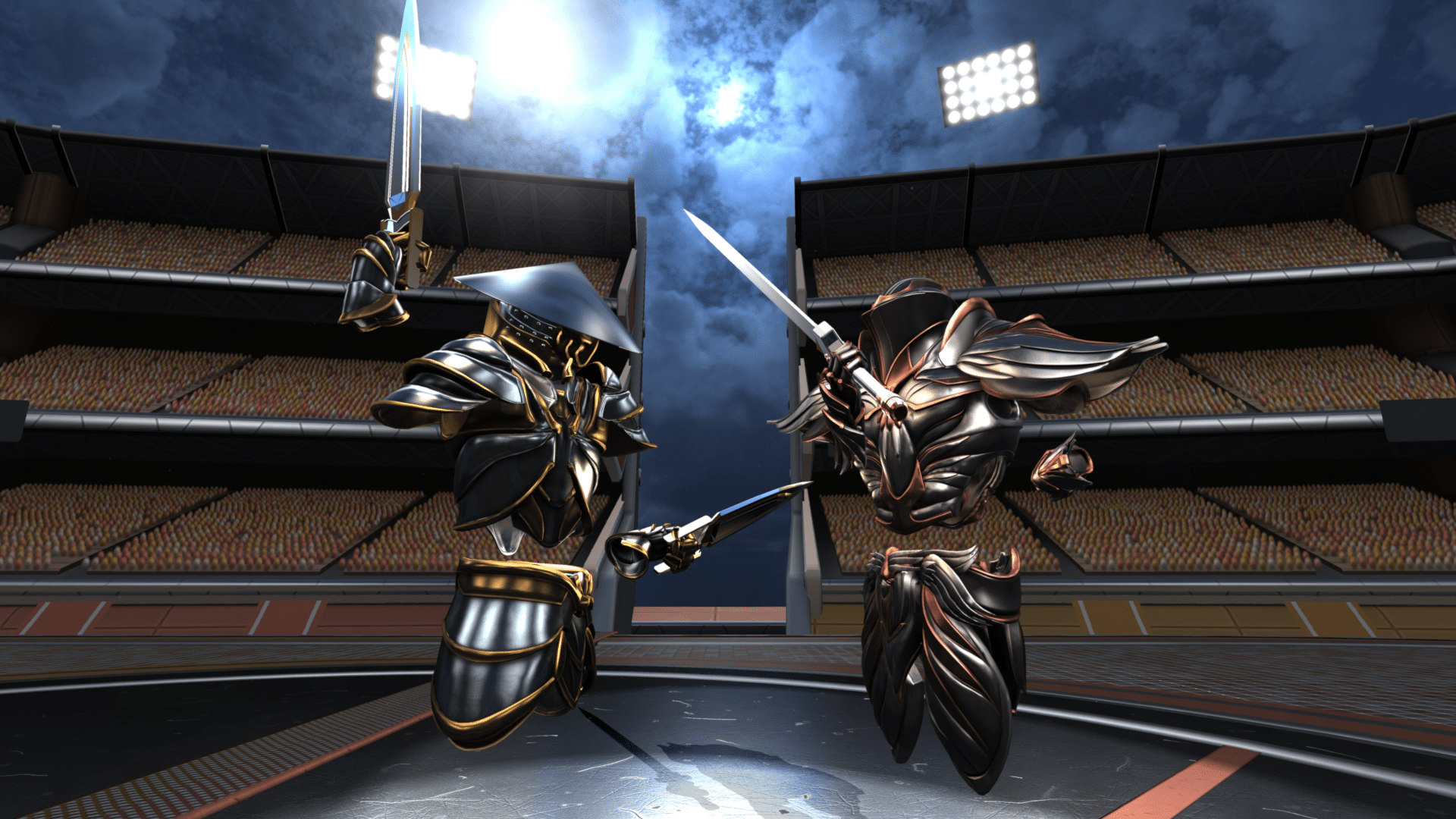
All combat in Ironlights also takes place in slow motion. This allows you to make measured, calculated attacks and blocks which will, once again, minimize the disconnect between real life and in-game movements. This system has good conceptual intentions, but it does require you to really play along and train yourself to move in slow motion. If you swing wildly fast and with reckless abandon, you won’t get very far.
On paper, these measures seem like a truly valiant effort to solve the ‘melee problem’ of VR, or at least circumvent it. In my hands-on back in February, I was even quite bullish on the system. However, after more time with the game, it ultimately falls short of being a practicable and enjoyable solution most of the time. I frequently found myself frustrated, especially because the game tells you that faster attacks do more damage, but the faster you move the more out-of-sync you get with the slow motion action. It seems very contradictory by design.
It’s very hard to tell when you’re playing the game correctly. If you move too fast and don’t play along with the slow motion concept, it doesn’t feel like the game is punishing you for a mistake. It just feels confusing and takes a while for you to get your bearings, as your in-game hands and weapons are on a different trajectory to your real-life movements.
A few tweaks to the system might be able to help this in future updates, but as it stands, the system feels like the perfect example of good in theory but frustrating in practice.
The Feel of the Fight
Weapon logistics aside, the matches have some other integral systems as well, each of which heavily impacts the flow and feel of fights.
Both players have two resource bars – health and power. These are displayed on a big jumbo-tron behind your opponent and, as you would guess, you lose the match if you lose all your health.
In order to attack, you need to expend power. You can charge up power, but it comes at the expense of portions of your health becoming more “vulnerable” (meaning you take more damage). You can also wait for power to naturally recharge, but that takes significantly longer.
Players can only attack one at a time – one player attacks and can inflict damage, while the other tries to block. Initiating a round of attacks expends power – the maximum length of time you’re able to attack for is determined by the amount of power you have charged up.
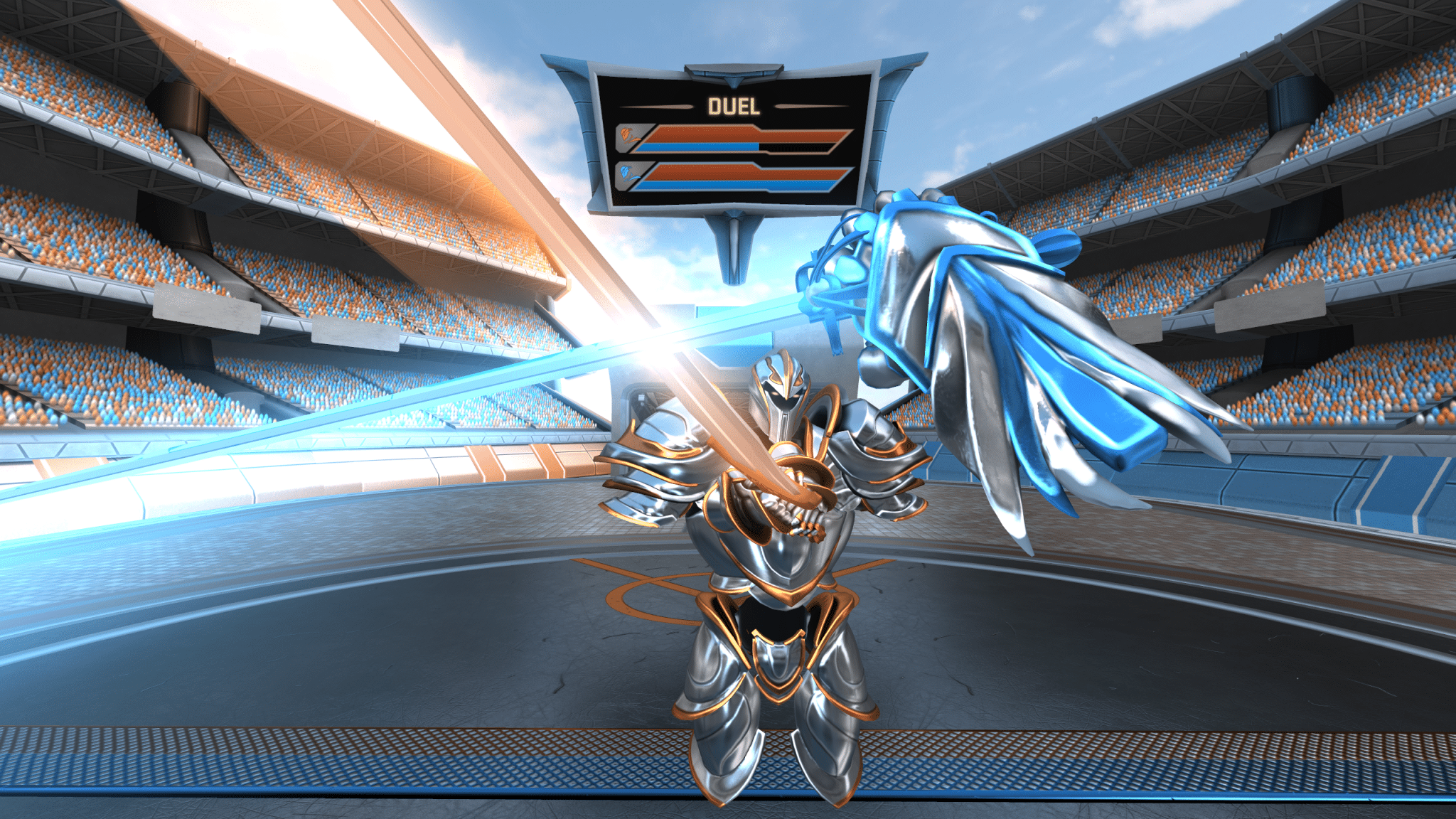
The problem with this system is that once you’re low on both health and power, you’ve basically lost the game. However, you’re reliant on your opponent to end it. You can’t charge enough power to attack yourself (as you’re too low health) and the natural power recharge builds incredibly slowly – it’s rarely quick enough to turn around a lost match. Because of this, you become a sitting duck until the enemy has enough power to kill you, which can really stall out the end of some games.
In a situation where both players are low on power and health, the game really slows to a crawl. Neither player can sacrifice health to charge up power, so you both have to wait for the natural regeneration. You end up standing in place, waiting for power to recharge and the whole match becomes very underwhelming.
The question of class balance is also still up in the air since you cannot see which class an opponent has picked until you’re already in the arena. Given the limited playtime and the small pre-release playerbase, it’s hard to accurately judge whether each class is balanced just yet, but there’s definitely some areas for concern. The Monk against the Crusader, for example, is a difficult match-up for the former – the Crusader can combo the flail and shield one after the other to easily blocks Monk’s attacks, leaving very few openings. However, some UploadVR staff felt that the Crusader was quite under-powered compared to the other classes when it came to actually attacking due to how slowly the flail swings.
Additionally, the Knight’s greatsword is so large that it actually counts as two hits at once since the sword is divided vertically into two parts. As a result, a swing through an enemy has a high chance of landing two hits. The Ninja is a good counter because they can block with a katar in each hand, negating both halves of the greatsword at once. The Monk, on the other hand, only has a single staff, making it nearly impossible to fully block the greatsword at all.
It’s hard to see where each class will land, but some future balance changes might be needed.
Close Quarters Combat
An area in which Ironlights truly excels is the replay client. Ironlights allows you to save a replay of any match, which you can then open in the replay client and easily fast-forward through. You can also use the replay client to create GIFs, which are emailed to you. There is lots of flexibility in choosing the right angle, rotation, and position of the replay camera for GIFs, so I think this feature is going to be absolutely fantastic for content creators to take advantage of.
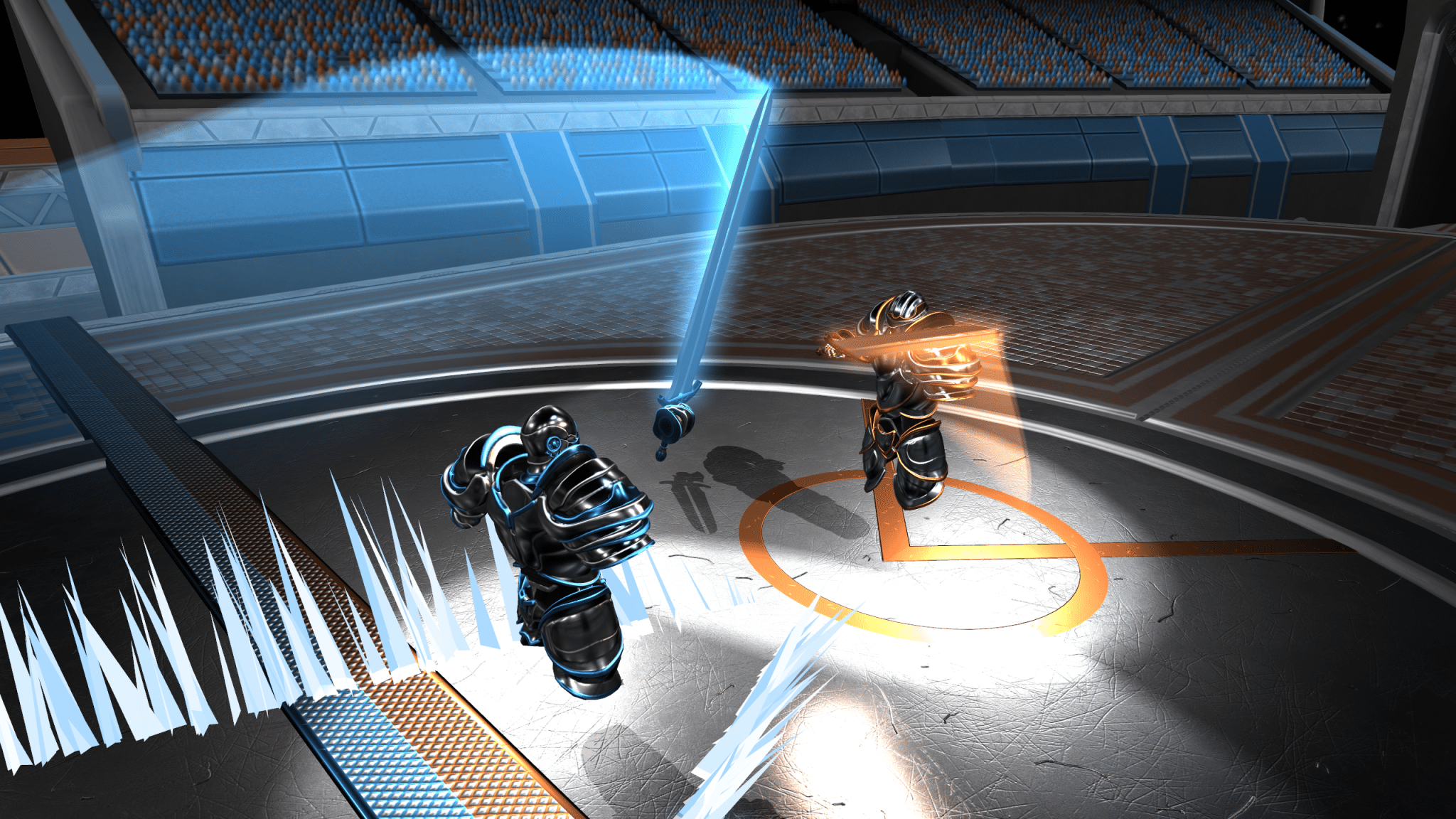
The replay client is also going to be expanded post-launch to include a spectator mode, so that in-progress matches can be spectated in a similar fashion, but in 2D mode on a computer. This will be a huge post-launch addition that bodes incredibly well for broadcasting and any potential Ironlights esports tournaments.
Given the fantastic replay client, it’s a shame that there’s a noticeable lack of variety in the game’s environments and the music. The visuals of the arena do change slightly, but it feels like a huge area of missed potential. Themed arenas could really spice things up a bit, as could a few more music tracks (although more menu music will be added in an update the week after launch). The armor and the character designs are fantastic and are a highlight of the game, with lots of customization on offer – it’s just a shame that the environments and music doesn’t have the same amount of depth.
Ironlights Review Final Verdict
While it might seem like I’ve had a lot of negative things to say about Ironlights, there is a lot to like about it as well. The development team should be congratulated on coming up with a system that aims to avoid some of the issues associated with VR melee combat. Even through it doesn’t always work and is not entirely successful, it remains an intelligent and valiant attempt at innovation. Few other games have come as close to the mark with mechanics that are this experimental.
However after so many matches, the gameplay started to feel repetitive and the flow of combat never really clicked for me. This repetitiveness was only compounded by the lack of variety in music and arena environments.
Maybe with a stronger player base and a developing meta, this might change. Likewise, others might not have the same qualms and really enjoy the flow of the slow motion combat – anecdotally, I’ve read posts from other beta players online who are much more enamored with the system than I am.
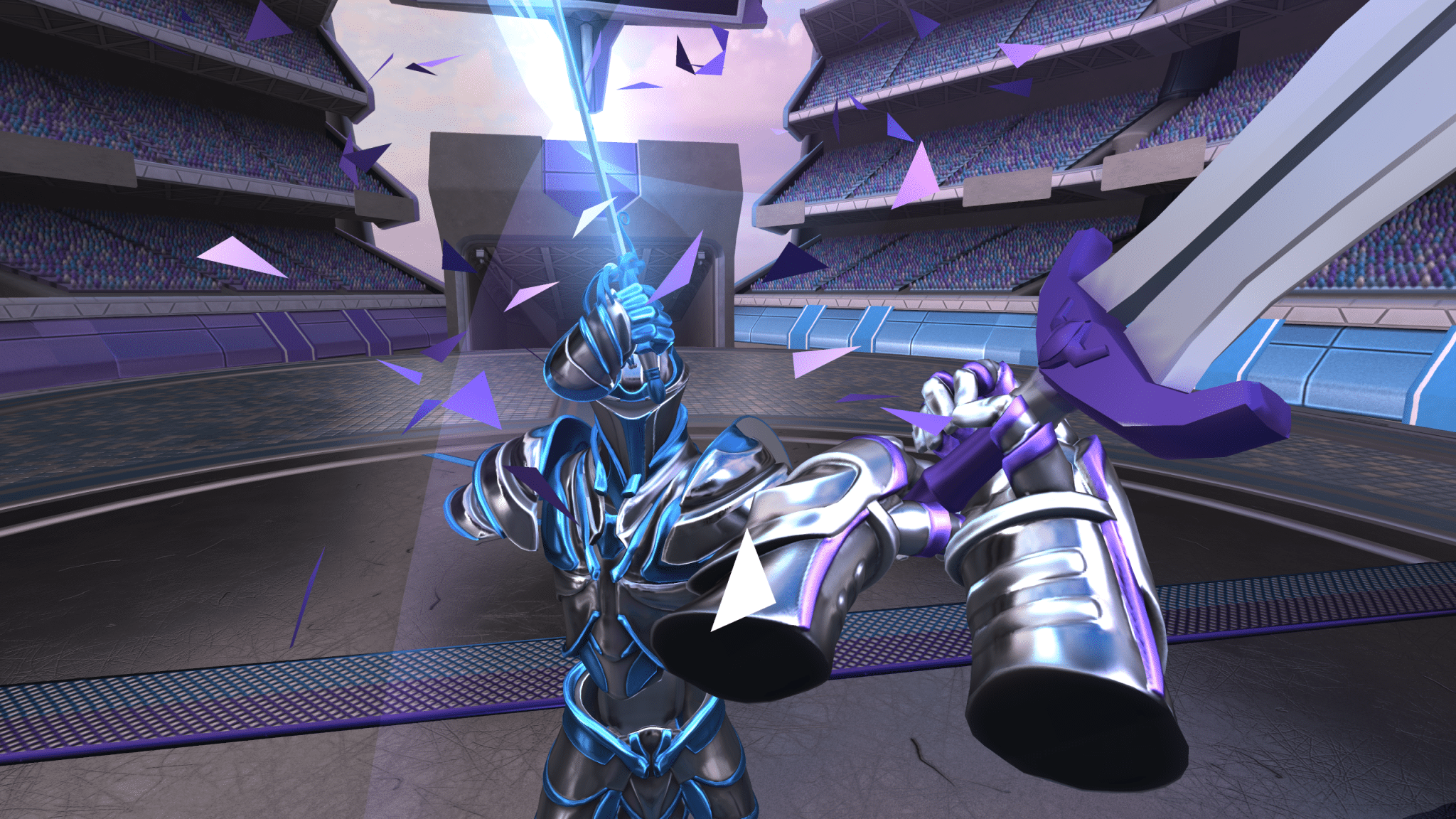
Being a multiplayer game, balance patches and adjustments to the system can result in quick adjustments as needed – it’s hard to say where the innovative system will land in a few months time. Developer E McNeill has been very clear – the full launch is not the end of the road for Ironlights, but the beginning. In fact, the post-launch roadmap has already been laid out. And for that reason alone, I have a lot of faith that Ironlights can develop into something that is much more than the sum of its current parts.
For now though, the game does fall just short of being something great. It’s probably worth checking out if you’re a fan of melee VR games and are looking for a 1v1 multiplayer title, but it’s also hard to gauge the longevity of the game and its mechanics at this point.
Ultimately, Ironlights has set itself up very well as an enjoyable game with lots of potential for improvement. For all its faults, it still has good bones – it just needs to make some changes here and there before it can call itself a sparkling piece of armor.
Final Score: 

 3/5 Stars | Pretty Good
3/5 Stars | Pretty Good
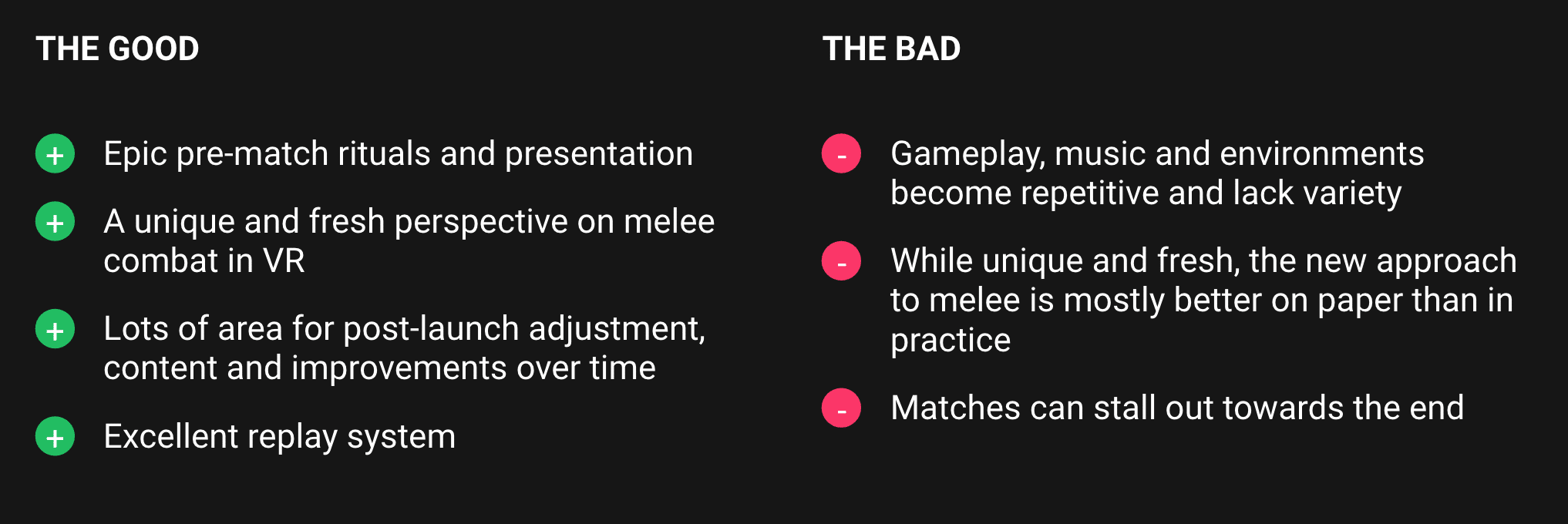
You can read more about our five-star scoring policy here.
Ironlights releases April 9th for PC VR, through the Oculus Store and Steam, and for Oculus Quest. This review was conducted primarily on the Oculus Quest version of the game, along with the Oculus Home for Rift version via Oculus Link using an Oculus Quest.

